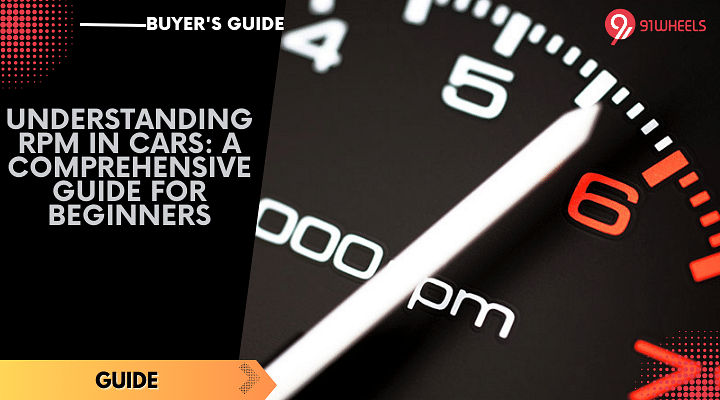When it comes to maximizing the performance of your vehicle, one of the most critical concepts to grasp is RPM, or revolutions per minute. This metric not only reflects how fast your engine is running but also plays a pivotal role in determining your car’s efficiency, power output, and overall driving experience. In this article, we’ll delve deep into the significance of RPM, how it affects your vehicle’s performance, and how to optimize it for the best results.
What is RPM?
RPM stands for revolutions per minute and measures how many times the engine’s crankshaft makes a complete rotation every minute. In simpler terms, it’s a gauge of how hard your engine is working at any given moment. For most vehicles, the RPM gauge is located on the dashboard, often referred to as the tachometer. Understanding how to read and interpret this gauge is essential for any car enthusiast or everyday driver looking to enhance performance.
The Importance of RPM in Car Performance
Understanding RPM is crucial for several reasons:
- Power Band: Every engine has a power band, which is the RPM range where it performs optimally. Staying within this range ensures you get the best acceleration and speed without straining the engine.
- Fuel Efficiency: Higher RPMs generally consume more fuel. Knowing when to shift gears can help maintain optimal fuel efficiency, especially in manual transmission vehicles.
- Engine Longevity: Operating your engine at excessively high RPMs for prolonged periods can lead to increased wear and tear. Understanding your engine’s limits can help you drive smarter and prolong its lifespan.
How to Optimize RPM for Better Performance
Now that we understand the fundamental role of RPM in car performance, let’s explore some strategies to optimize it:
- Know Your Engine: Different engines have different optimal RPM ranges. Familiarize yourself with your vehicle’s specifications, including the redline (the maximum safe RPM). This knowledge will help you make informed decisions while driving.
- Shift Smart: If you drive a manual car, timing your shifts is crucial. Shift up before reaching the redline to keep the engine in its power band, maximizing acceleration without risking damage.
- Use the Right Gear: Ensure you’re in the correct gear for your speed. Being in a too-high gear can bog down the engine, while being in too-low of a gear can push the RPMs too high.
- Regular Maintenance: Keep up with regular engine maintenance, including oil changes and air filter replacements. A well-maintained engine will perform better and run more efficiently at optimal RPMs.
Understanding RPM is key to unlocking your car’s performance potential. By familiarizing yourself with how RPM affects power, efficiency, and longevity, you can make smarter driving choices that enhance your overall experience behind the wheel. Whether you’re a casual driver or a performance enthusiast, optimizing your RPM can lead to a more enjoyable and efficient ride. So, the next time you take to the road, keep an eye on that tachometer – your engine will thank you.










Fantastic read! The importance of the power band was explained so well, making it easy to understand.
Loved this article! It’s packed with useful information that every driver should know about their vehicle.
I appreciate how this article breaks down complex concepts into simple terms. Very helpful for everyday drivers!
The section on engine longevity was particularly enlightening. I’ll definitely be more mindful of my RPM now.
I’ve tried other guides before, but none were as straightforward as this one. The step-by-step approach really helped me understand the process.
This is an essential guide for any car enthusiast. Understanding RPM will definitely enhance my driving experience!
Great insights on optimizing RPM for better performance. I can’t wait to apply these tips to my vehicle!
This article provides a clear and concise explanation of RPM. I learned so much about how it affects my car’s performance!
I never realized how crucial RPM is for fuel efficiency. This article has changed the way I drive!